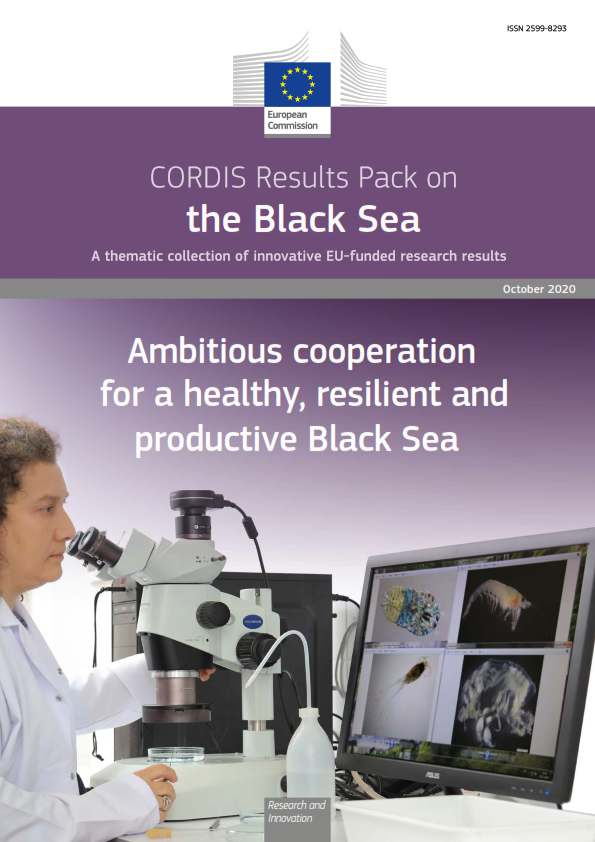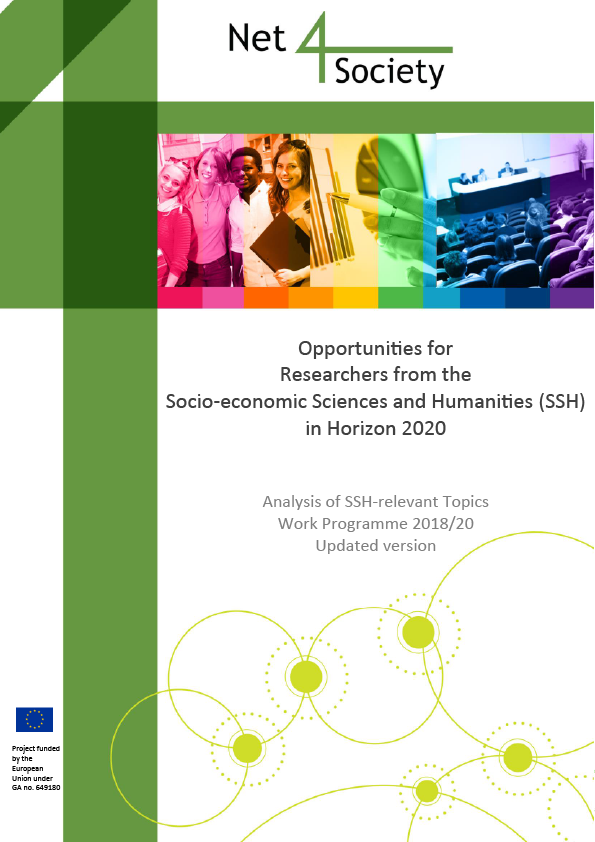The ITESLA project is developing ways to help electrical power operators assess the security of the pan-European electricity transmission network.© ThinkstockITESLA, a project funded under the EU’s FP7 programme, is establishing ways to make our electrical systems more secure. This vital work is now getting a significant boost in the form of 9.7 million processor hours of access to the facilities of the Partnership for Advanced Computing (PRACE). Successful projects are chosen for their potential to achieve ground-breaking scientific results through the use of supercomputers.PRACE involves a network of organisations across 25 countries which together offer a pan-European supercomputing infrastructure. This gives selected research projects access to computing and data management resources and services for large-scale scientific and engineering applications at the highest performance level. Access is measured in processor core hours.ITESLA faced tough competition to gain access to PRACE’s facilities to run further tests and perform simulations on national and European network use cases. A first ‘Preparatory Access’ phase gave the project 200 000 processor core hours at the Atomic Energy Commission (CEA) Curie facilities in France. But now ITESLA has been awarded regular access to 9.7 million hours – the access period began in September 2014 and runs for a year.The project is developing ways to give electrical power operators the tools they need to assess the security of the pan-European electricity transmission network, from two days ahead to in real time. ITESLA’s major innovation is that it offers operational dynamic simulations of the pan-European transmission network which are performed with an eye to all probable scenarios.It takes a large amount of computational time to run dynamic simulations which account for the increasing complexity of the electrical system, such as the increasing share of renewables, the introduction of power electronics, and so on.On average, each dynamic simulation and security index computation takes around three minutes on state-of-the art CPUs, meaning that the full workflow would require over 85 years of computations on a single processing unit (core). With access to 10 000 cores, the work comes down to three days. The resources provided by the regular access granted by PRACE will let the project use 40 000 cores in parallel.Security issues impacting on transmission systems are likely to become more and more challenging in the coming years. Less predictable and intermittent renewable energy sources will make up more of the supply, demand will be partly controllable, overhead transmission lines will be harder to build and the single European energy market is growing ever closer.These constraints will result in more complex system operation, a grid working closer to its operational limits and a need for a major revision of operational rules and procedures. Operation will need to be coordinated across the EU and transmission service operators will need a shared ‘toolbox’ to help them harmonise their procedures.ITESLA is developing this toolbox through a flexible IT platform. If operators provide adequate system data, the tool box will let them assess simulations of their own system, of coordinated regional systems or of the whole pan-European system.For further information please visit:ITESLAhttp://www.itesla-project.eu/PRACEhttp://www.prace-ri.eu/prace-in-a-few-words/ http://cordis.europa.eu/news/rcn/122039_en.html
horizon 2020
The EU Framework Programme for Research and Innovation in the Republic of Moldova

Pillar
Events
| M | T | W | T | F | S | S |
|---|---|---|---|---|---|---|
|
|
|
|
1 |
2 |
3 |
4 |
|
5 |
6 |
7 |
8 |
9 |
10 |
11 |
|
12 |
13 |
14 |
15 |
16 |
17 |
18 |
|
19 |
20 |
21 |
22 |
23 |
24 |
25 |
|
26 |
27 |
28 |
29 |
30 |
31 |
|
Info day
Conference
Consultation day
Brokerage event
News
09/13/2022 - 08:53
This is an UNOFFICIAL document prepared by MSCA-NET, the EU-funded project of National Contact Points (NCP) for the Marie Skłodo
05/31/2022 - 17:20
A number of the restrictive measures adopted by the EU against Russia have direct implications on the Horizon 2020 (H2020) and Horizon Europe (HE) Programmes.
05/31/2022 - 17:15
The European Commission has announced the launch of the MSCA4Ukraine scheme, part of the Marie Skłodowska-Curie Actions. The MSCA4Ukraine scheme is part of the EU’s response to the Russia’s invasio
12/16/2021 - 17:33
A competitive COFUND call offering opportunities for postdoctoral fellowships in research at the intersection of data science and neurology at an Irish university.









